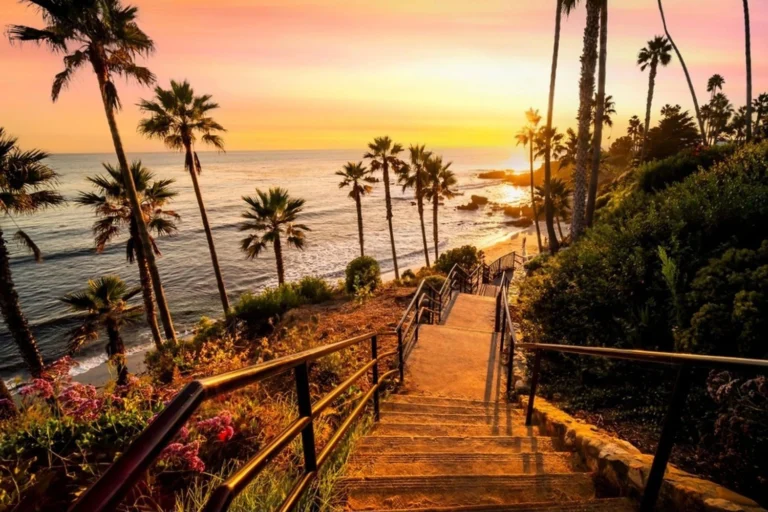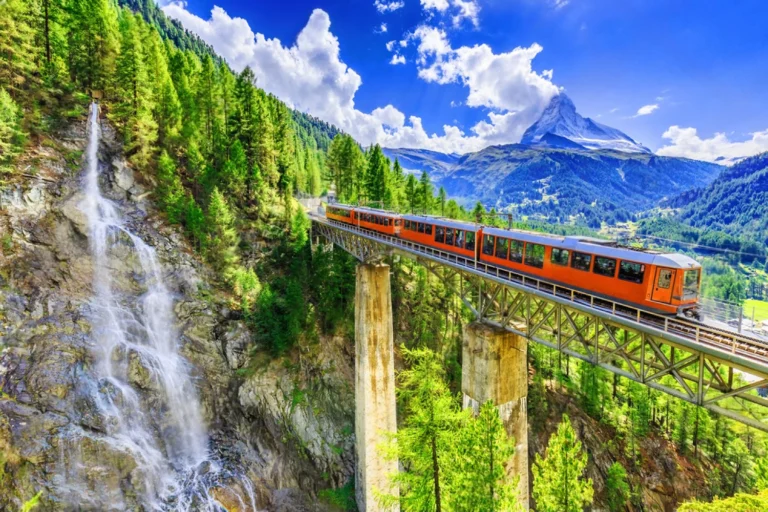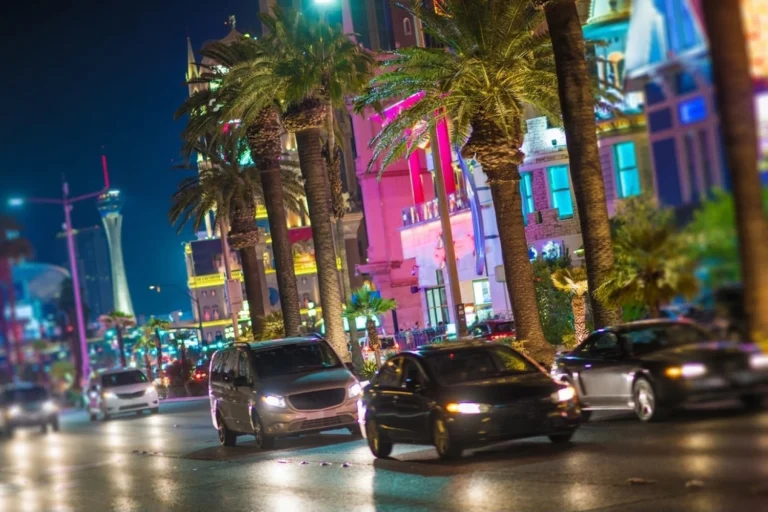Los Angeles: 30 Hidden Stories Behind the Hollywood Glow
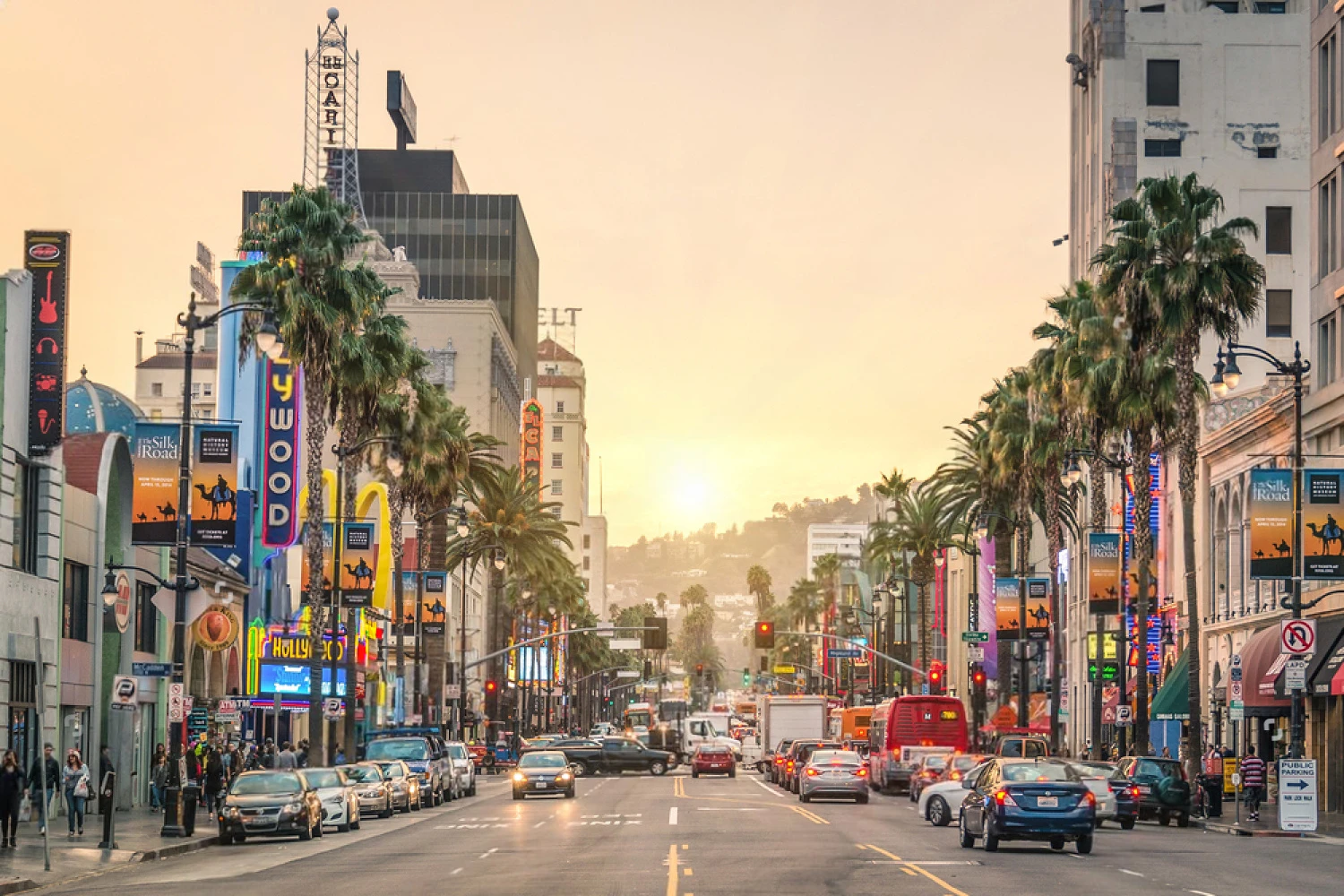
Los Angeles has a way of revealing itself in the spaces between noise and light, a mosaic that sharpens when you lean closer. I think of the hush before dawn on a side street, the warmth of sun on stucco, and a faint trace of salt on the breeze. In those pauses, overlooked details stand out and small human moments feel close. This is an invitation to wander past the obvious and notice the quiet particulars that shape the city’s deeper spirit.
Ninety one hidden tunnels beneath the city streets
Sometimes I swear the sidewalks remember. Somewhere under Downtown Los Angeles runs a lattice of 91 abandoned tunnels, seventeen kilometers of quiet corridors that once ferried bootleg hooch through the dry years. People still whisper that a few of them lead to sealed speakeasies beneath the old banks; the thought smells like damp concrete and citrus peels, with a far off clink of glass and a trumpet clearing its throat.
I love how it changes the way the city feels: every crosswalk suddenly sits on top of mischief, nerve, and a little desperation. Those tunnels are like a river under the skin of the place, moving history along even when no one sees it. It makes me tender for the city’s appetite for reinvention how bravado can hide in the dark while daylight keeps on shining, as if the ground itself keeps a private rhythm it learned long ago.

A billboard that became a city's promise
I always smile when I remember the Hollywood sign began as a pitch. In 1923 it shouted “Hollywoodland” across the hills, bright as fresh paint and intended to fade in a year and a half. Just a temporary grin on the ridge, a wink to sell houses. But the neighborhood fell for it the audacity, the sparkle and wouldn’t let it vanish. Somewhere along the way the “land” slipped off, and a billboard grew roots.
Only in Los Angeles could a sales gimmick reinvent itself as belief. That big white word became a kind of lighthouse for landlocked dreamers, gleaming through smoggy afternoons and lavender sunsets, telling people they might become more than they are. I remember thinking how tender that is: a community deciding what stays, editing a word to keep a feeling. Hype softened into hope, and the sign kept its promise.
A rebellious fresco still breathing above Chinatown
I remember the afternoon glare on old stucco and the warm drift of incense and frying dough from the stalls below. Tucked above Chinatown in Los Angeles, David Alfaro Siqueiros left América Tropical: a crucified figure beneath an eagle, a message so raw that in 1932 it felt like touching a live wire. The fury came fast; officials buried it in paint, as if silence could make the argument go away.
Decades thinned that silence, and the mural was quietly brought back into the light – not shiny, not smoothed over, just honest. What moves me is how it still stands there, stubborn as a scar that refuses to fade. In a city that loves newness, this wall keeps its ground, rebellious and magnificent, reminding you that beauty sometimes tells the hardest truth.
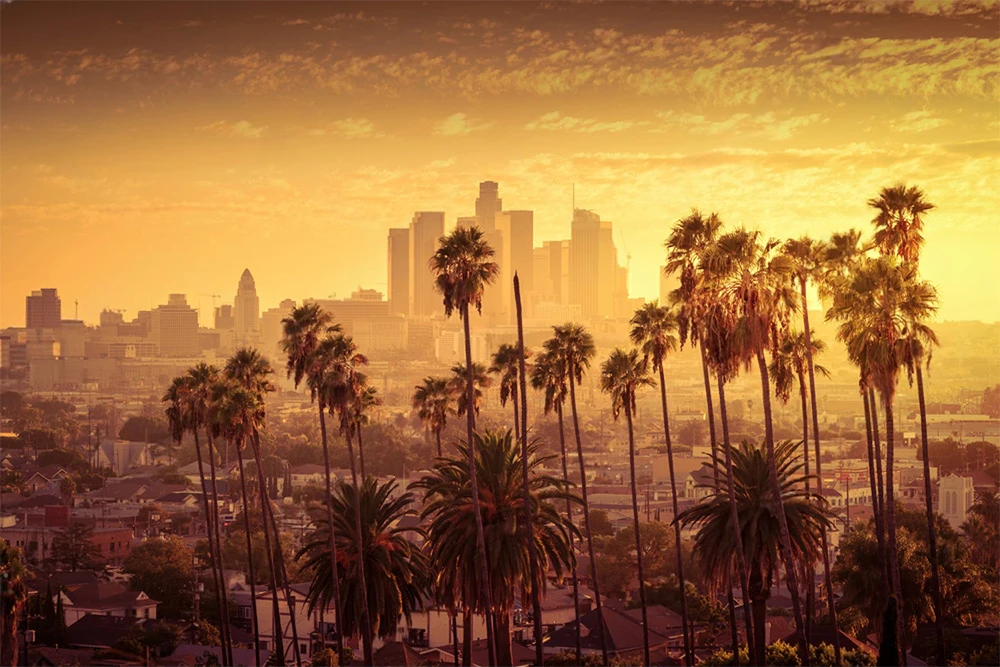
Hollywood bloomed from a sunlit act of defiance
It still makes me smile that the world’s grandest dream machine started as a getaway. I remember the warm hush of an afternoon, the air tasting faintly of dust and orange blossom, and thinking how the light here feels patient like it’s waiting for a story to happen. The sidewalks shimmer, the palms whisper, and somehow the city seems to root for anyone trying to begin again.
Back when Thomas Edison clutched film with his patents and paper threats, scrappy directors and tinkerers slipped beyond his reach and headed west. Out here the sky was a reliable blue and the sun worked overtime; in Los Angeles the light felt like a stage lamp steady, generous, unblinking. Free from courtroom shadows and winter storms, they could build their scenes with nothing but plywood, sunshine, and nerve.
Maybe that’s why the place still hums with a soft, rebellious heartbeat. What grew into an empire started as a handful of people wanting room to breathe; a whole industry sprouted from stubborn hope, like a garden coaxed from cracks in a sidewalk. You can feel it in the evening glow on old stucco and the quiet courage in the air: the movies here were born from saying no and then imagining a better yes.
https://en.wikipedia.org/wiki/Los_Angeles
From sewage platform to sunsets and Ferris wheel magic
I always laugh at how places keep their secrets. That pier where evening turns the water copper and the Ferris wheel blinks like a heartbeat? It began in 1909 as a platform for sewage, a grim little stage for what no one wants to see. Locals were horrified, of course. But over time, lights were strung, laughter layered over the planks, and the smell of salt and cotton candy won out.
What I love most is the local talent for turning awkward into dazzling, ugly into beloved. Standing on the boards in Santa Monica, gulls yodeling overhead and teenagers squealing on the coaster, you can feel that shrug and grin spirit that says, give it time, we’ll make something beautiful out of this. It makes every sunset feel earned, a little redemption in neon, and I remember thinking how comforting it is that even our messiest beginnings can become the places we run to when the day needs softening.

A halo of sunlight over the Pacific
I love how dusk softens everything salt in the air, a warm breeze off the water, the hush before the neon. Then the Ferris wheel wakes up, not with a roar but with yesterday’s sunshine. The Pacific Wheel, the world’s first solar powered Ferris wheel, draws all its power from the sun, and you can feel the quiet pride in that.
As it turns, the lights ring the sky like a halo above the waves. Kids squeal somewhere down the boardwalk, the night smells like caramel and sea spray, and the gondolas glide with this easy calm that steadies your breathing. I remember thinking how rare it is to see something so bright and not feel guilty about the glow.
Once, standing there, I caught myself grinning because in Los Angeles, even the showiest things can choose to be kind. It’s beauty with manners, a little bit of sustainable swagger, and it makes you believe that joy doesn’t have to cost the earth.
The internet began with a half spoken word
I still smile at how the internet began with just two letters “LO” blinking on a screen. In 1969, inside a modest lab at UCLA, a researcher tried to send the word LOGIN, and the system gave up after those first two letters. I picture the room humming softly, warm with fluorescent light and hope, the pause between L and O stretching a beat longer than expected.
Maybe that’s why logging in feels familiar, like finishing someone’s sentence with care. Each time we connect, we complete the word they couldn’t, turning a tiny failure into a quiet hello. It suits this place: big ideas starting as fragile experiments, then slipping into everyday life we barely think about.
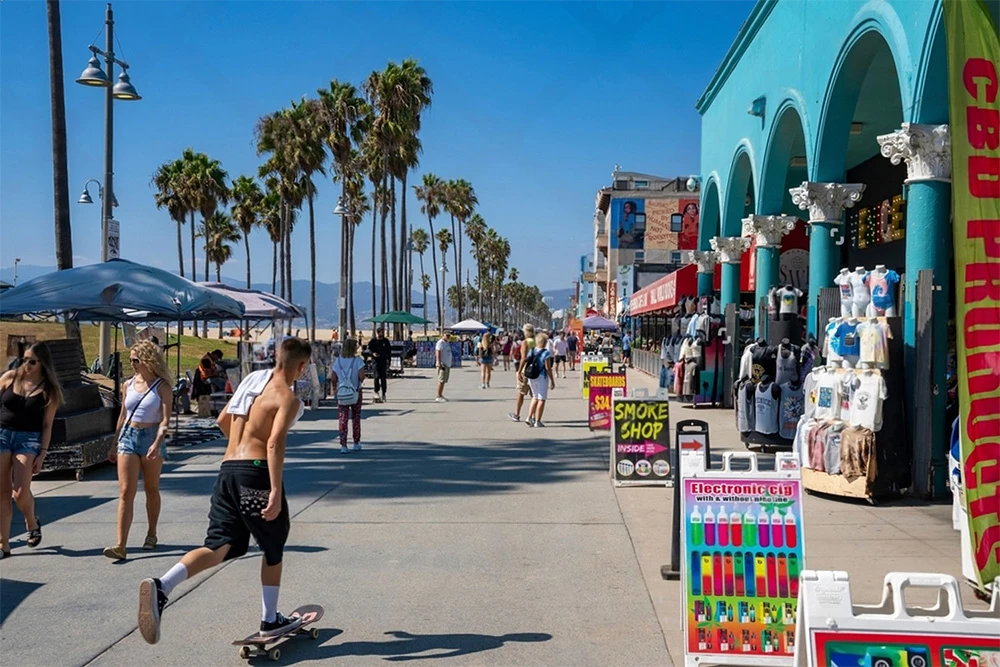
One city, two weathers, within a single hour
Mornings taste like salt on the breeze, the air cool enough to make a hoodie feel like a hug. By midafternoon, heat loosens from the inland hills and sets the skin humming, dry and bright, as if someone nudged a giant hairdryer toward the streets.
It still surprises me every time: ten miles can swing twenty degrees, and your mood goes with it. In Los Angeles, I pack layers and also grace for myself, for a place that never stays the same. The beach feels calm and blue edged, while the valley blazes with that confident, sun baked gleam.
I remember stepping out of a salty, sweater morning and, an hour later, feeling summer press close as if it had been waiting for me all day. That’s the quiet magic here: the city nudges you to adjust, to let plans expand and expectations soften, because it’s perfectly normal for one day to hold both a shiver and a shimmer.
Imported palms, aging glamor under a borrowed skyline
Sometimes that first rustle above Sunset sounds like applause, all fronds and evening light, and I forget they’re not from here. Isn’t it wild? Those tall silhouettes were shipped in during the 1930s, gathered from the Canary Islands, from Mexico, and up from the deserts of Arizona costumes, really, draped over the city’s shoulders until they became its reflection. The surprise of it always makes me smile: the way a borrowed accent can become the voice everyone remembers.
Lately their shadows look thinner at dusk, and the wind sends a sandy whisper through their crowns. Many are dying of old age now, standing like old Hollywood idols with leaves instead of scripts, still elegant against a grapefruit sky. It feels tender, almost human beauty that arrived from somewhere else and made itself at home, the way Los Angeles has always done with people, dreams, even trees. I think that’s why they move me: they remind me that reinvention can be real, but everything, even the prettiest myth, has a season.
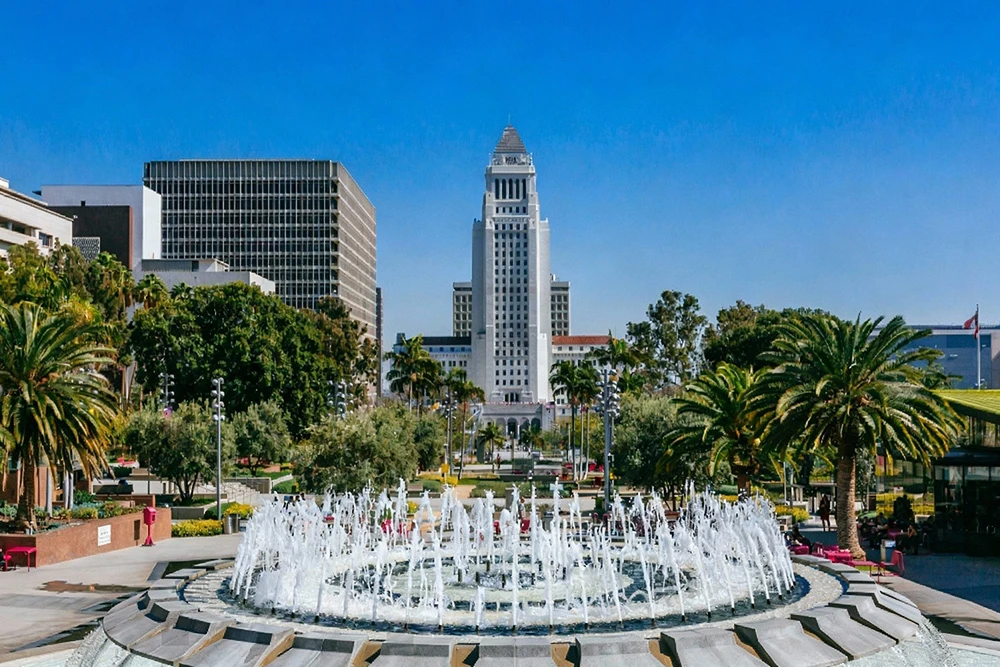
Where films meet the real night sky
It still surprises me how a building can feel instantly familiar. That white dome appears and I half hear a swell of music – Rebel Without a Cause brooding on the terrace, La La Land spinning under the night sky. Up there the air smells of eucalyptus and cool stone, and the city below holds a low, steady glow. No wonder Griffith Observatory seems known before you even step inside.
And yet it isn’t just a backdrop; it keeps teaching the same gentle lesson. In that dome I’ve watched strangers fall quiet, eyes tilting upward, and felt my own breath slow to meet the dark. More than an architectural gem, it’s a lighthouse for dreamers, guiding a restless city to look up and remember something simple and huge: we’re made of stardust, and this hill is where that truth feels close.
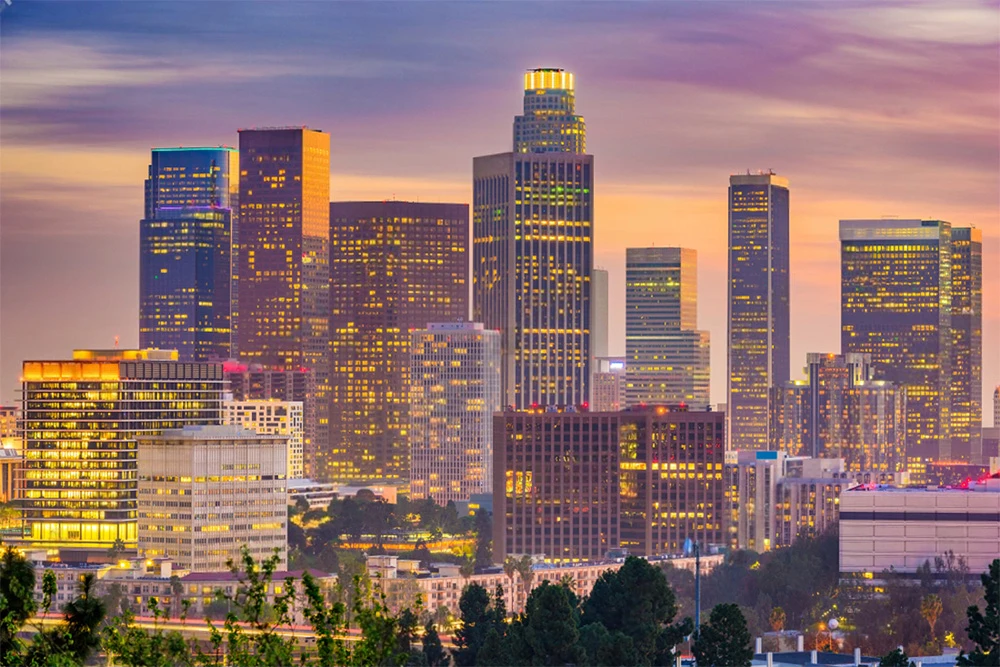
Ice Age bones beneath ordinary city traffic
In Los Angeles, I remember standing by a patch of tar where bubbles popped in the heat and the air smelled faintly sweet, like sun warmed asphalt. Under that sticky skin lies the largest Ice Age fossil bed on Earth, hiding in plain sight among palm shadows and bus stops.
Every week, workers still lift mammoth bones from that ground while above them the traffic hums and hurries. The contrast is startling rush and honks on top, deep time below and it made me feel small in a good way, aware of how close our days are to ages of memory. For a city that’s teased for its shine, it’s comforting to know there’s patience and endurance beneath the glint, and stories that refuse to stay buried.

A city between a hiccup and a horizon
I once laughed out loud at a street that ended before my breath did. Powers Place is just thirteen feet long a tiny sliver of asphalt that feels like a private joke, a wink in the map. Sun on stucco, a stray jacaranda petal skittering in the warm breeze, and then… done. The smallest exhale of a street, just enough for a surprised laugh.
Meanwhile Sepulveda Boulevard just keeps going forty two miles, longer than many countries’ borders and you can feel the scale change with it: neighborhoods shifting, the air moving from hot dust to ocean salt, the steady hum of tires and crosswalk beeps. Standing between those extremes makes me feel pocket sized and mile wide at once, and that mix is the part of Los Angeles I carry around: tiny and vast at the same time, and somehow still personal.
America’s largest city park, a gift for everyone
I still smile at how a city can hide so much quiet. Step off the pavement and the air changes sun warmed sage, a hint of dust, the slow sweep of a hawk’s shadow. Griffith Park in Los Angeles stretches over 4,200 acres, an almost impossible sweep of hills and canyons that feels like a green ocean folded into the city. I remember wandering a ridge at dusk, traffic far below like a faint hum, and thinking how rare it is to feel far away without actually leaving.
Colonel Griffith J. Griffith once said it should be “a place of rest and relaxation for the masses,” and you can feel that promise at work: families unwrapping sandwiches under sycamores, runners sharing a nod, someone reading on a bench as the light turns honey soft. There’s no velvet rope, just room room to unwind, to let your shoulders drop, to let the day be simple again. It feels like the city taking a deep breath, and you get to breathe with it. That’s the quiet miracle here: a generous idea made into land you can touch, and a reminder that wilderness belongs not to a few, but to all of us.
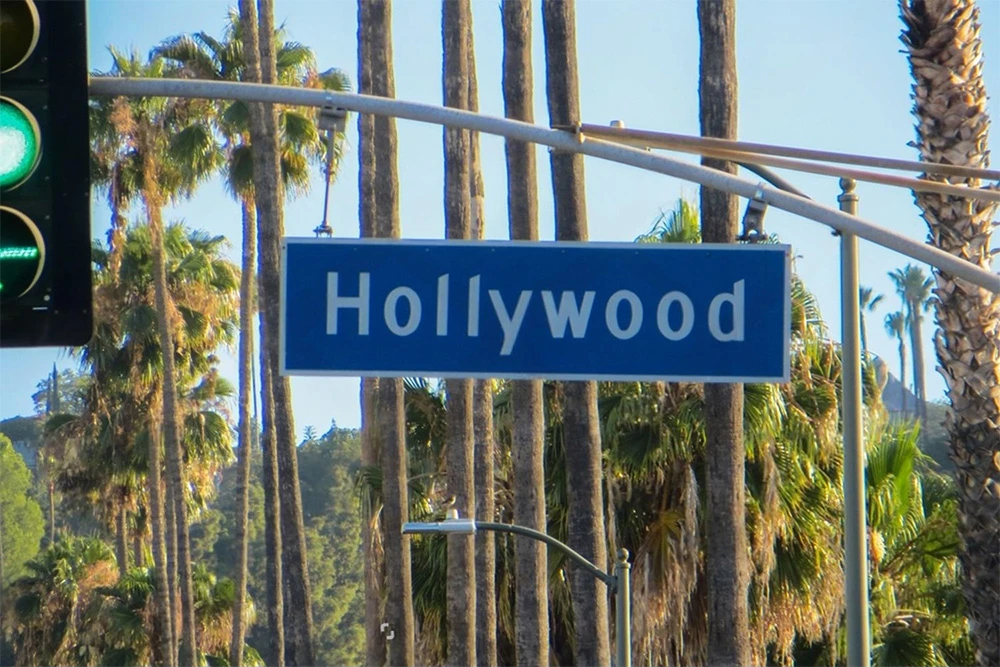
The California Roll’s Quiet Revolution Began Here
Funny how something so familiar started as a small act of translation. Back in the 1960s in Los Angeles, chef Ichiro Mashita tucked the seaweed inside, let the rice face the world, and slipped in creamy avocado where fatty tuna was hard to find. Suddenly the bite felt friendly: cool rice, sweet crab, a whisper of nori, a scatter of sesame. That edible mash up became the California Roll, and from one neat slice the tide began to change.
It makes sense, doesn’t it? This city thrives on reinvention, on turning unlikely neighbors into harmony. I remember tasting that soft avocado against vinegared rice and thinking it felt like a handshake between oceans Japan’s tradition meeting California’s easy brightness. What began as a gentle tweak for local tastes rippled outward, teaching people to trust a new flavor. And every time I taste it now, I’m reminded that belonging can start with one welcoming bite.
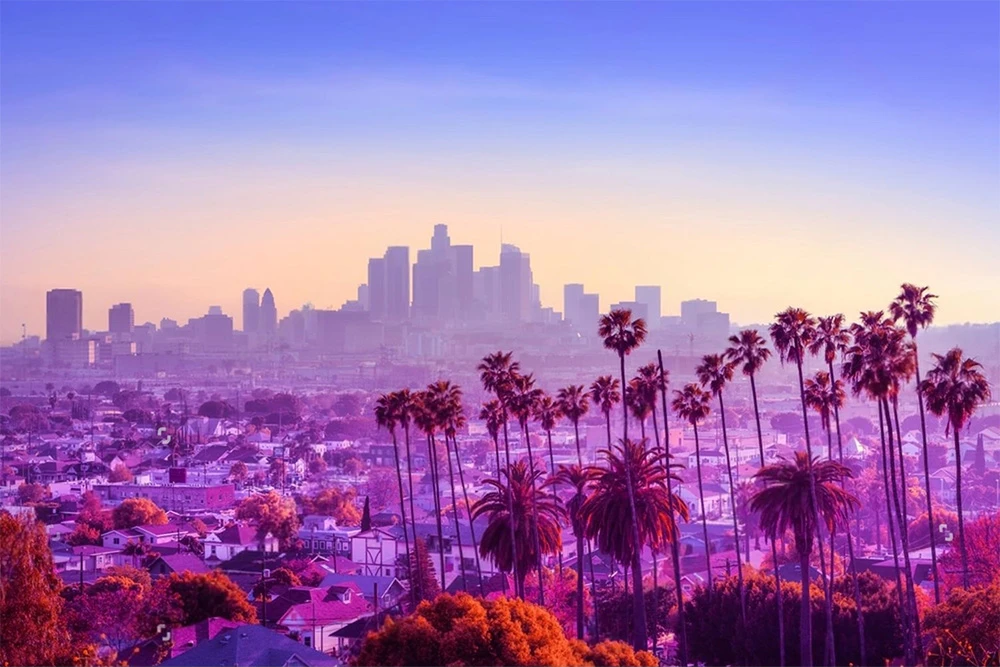
The capital of tacos on American streets
Some nights, the breeze tastes like lime and smoke. I remember a paper plate warming my palms, cilantro snapping bright, onions sweet as a quick hello. That first bite is a small fire turning into a grin.
In Los Angeles, you can feel why there are more taquerías and trucks here than anywhere else in the country, and the streets almost hum like a griddle. You start to know neighborhoods by their salsas and tortillas: smoky al pastor under bare bulbs, citrusy pescado near the coast, slow simmered carnitas, tortillas warm and fragrant.
A proper taco crawl has its own reverence, as sacred here as Sunday brunch in New York. It isn’t just about eating; it’s the little fellowship of napkins and lime wedges, the easy arguments over red versus green, the way a simple tortilla can stitch a long day back together.
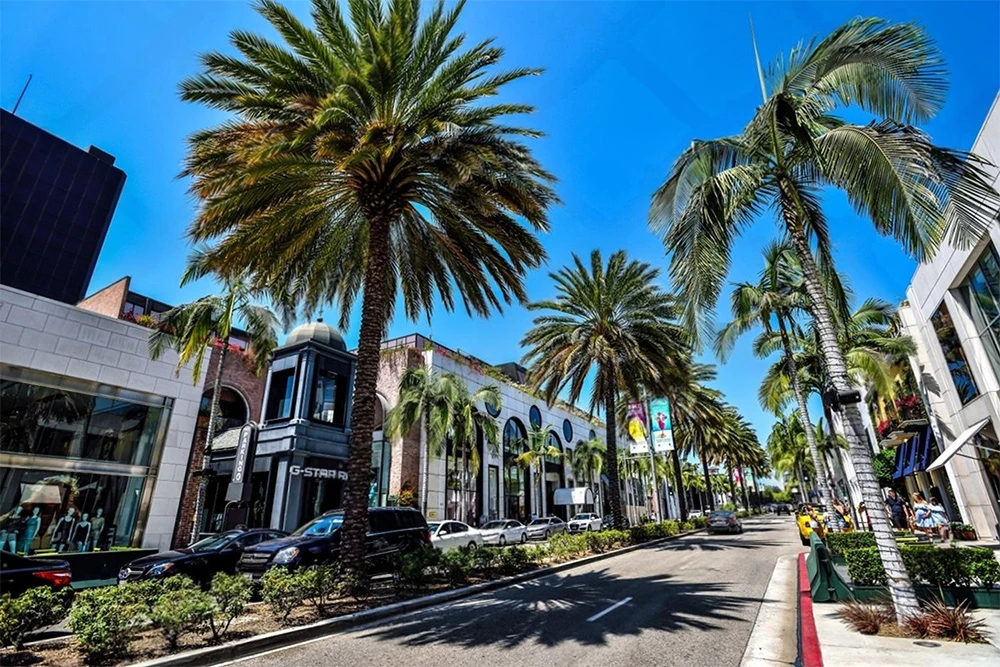
The future hiding in an 1893 sunlit atrium
I never get over the first breath inside the Bradbury Building light sliding down from the glass roof, warming the ironwork until it looks almost alive. There’s a soft hush, a scent of old wood, the gentle clink of those open cage elevators that seem too delicate to be real. Futuristic is the word everyone reaches for, yet it was born in 1893, built when electricity still flickered and couldn’t always be trusted. Standing there feels like stepping into a time machine in plain clothes.
No wonder Blade Runner chased its rain soaked dreams here, and 500 Days of Summer drifted through its bright balconies the same stairways holding both a storm and a daydream without changing their face. It’s wild and kind of comforting, the way this place proves that tomorrow isn’t a deadline but a feeling, and sometimes it shows up early. In Los Angeles, where reinvention is a habit, the Bradbury whispers that beautiful ideas don’t wait for permission they just bloom ahead of schedule and keep shining.
The city’s oldest street beside its oldest house
I always smile when music fills the afternoon. Here, mariachis trade easy harmonies while the air smells of cinnamon, guava candies, and sun warmed leather. Stalls brim with embroidered blouses, tin milagros, and bright toys that seem to remember a few different childhoods.
On Olvera Street, the city’s oldest, time folds like a paper fan every crease holding a memory of early Mexican days. Just a few steps away, the Avila Adobe keeps its shade and thick earthen walls, the oldest house still standing in the city, unhurried and steady.
That’s the part that surprises me every time: this city of tomorrow doesn’t hush its beginnings; it amplifies them with music, laughter, and the rustle of mercados. I remember realizing that the past here isn’t a relic to tiptoe around; it’s woven into the everyday, sounding clear enough to follow.

Third largest Chinatown and the pull of dim sum
Sunday steam wafts up from bamboo baskets like morning fog, and suddenly the week’s noise softens. I remember how the clink of teacups and the rattle of carts felt less like a meal and more like a promise kept dim sum Sundays that locals keep showing up for, not out of habit, but devotion. It’s the third largest Chinatown in America, yet it doesn’t shout; it hums, and you feel yourself humming with it.
Here the neighborhood keeps its own dragons bronze and bright above shopfronts while incense threads from quiet temples and a few bakeries stay stubbornly older than some freeways. In Los Angeles, a city that loves new beginnings, this corner holds onto old rhythms with a patience that makes you breathe easier. I love that loyalty can taste like a still warm egg tart and sound like families teasing across a round table; the whole place is a heartbeat you can hear, steady and sure.
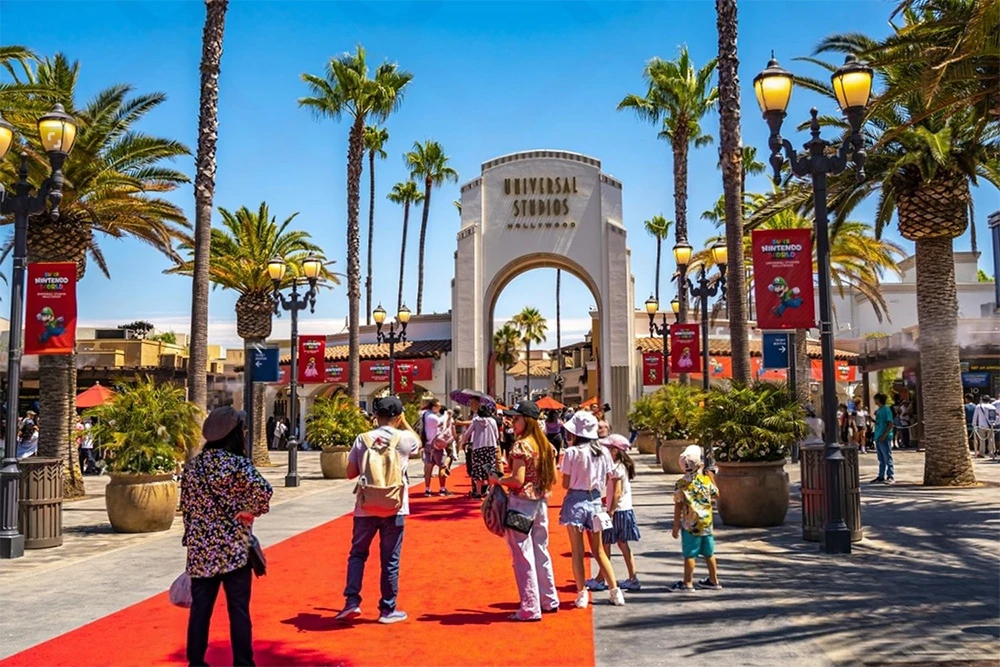
Sunshine days, softened by a hush of fog
Some evenings the sky tilts toward peach and rose, and the air tastes faintly of salt. Marine vapor drifts inland and settles in the low places; headlights wear soft halos, palm fronds blur, and the streets feel gentler. The fog is a shy artist, glazing everything until the horizon looks watercolor.
Funny thing: for a place that racks up 284 days of sunshine, so much of its beauty is born from fog. Marine vapor coaxes sunsets that drip pastel pink, and long before we had a word for it, that same haze was already knitting smoke into smog – this is Los Angeles at its most honest.
I remember the moment it clicked that our loveliest skies and our dirtiest air are related; it felt like a small lesson in loving contradictions. Maybe that’s why people here chase brightness with a quiet caution, tender toward the glow but awake to what it costs – and still, when evening turns pink, you can’t help but breathe a little deeper.

Oil Wells Behind the Glamour
It still startles me to imagine the perfect lawns of Beverly Hills sprouting derricks, like metal palm trees nodding through quiet nights. The air back then must have carried a faint tang of tar under citrus and cut grass; once, passing a cheerful stucco wall, I caught a low mechanical purr and thought how ordinary it sounded.
There was a time when Los Angeles pumped a quarter of the world’s oil, and the glitter simply coexisted with the grind. Wells hid behind dentists’ offices and parking lots, tucked into bland facades; some still hum today, steady and polite. It says something about the city’s spirit ambition and charm, side by side, perfume over gasoline and somehow that mix makes its shine feel more honest.
Grandma’s cottage, secretly Los Angeles’ first lighthouse
I laughed the first time I noticed it a dainty wooden lighthouse peeking out from behind chain link and cranes, picket fence prim as Sunday clothes. The air smelled of salt and engine grease, gulls heckling overhead while a foghorn hummed somewhere out on the water. It looks like a grandmother’s cottage keeping watch over freighters, all Victorian trim and soft edges in a place that usually deals in steel.
Built back in 1874, it once burned kerosene through the industrial fog, a stubborn little flame guiding ships home before neon ever learned the trick. I remember thinking how tender that is: the city’s first beacon not a tower of power, but a teacup set on a steel workbench. Maybe that’s the spirit here beneath the grind and roar, there’s this quiet, domestic heart, reminding you that even big harbors need small, patient light.

One man's skybound cathedral built from discarded scraps
I remember craning my neck under a pale afternoon and thinking, so this is what stubborn hope looks like. In Watts, Los Angeles, the towers glint with bits of bottle glass and broken tile, their ribs of scrap metal warming in the sun. A breeze threads through the lattice and the whole thing feels both homemade and fearless, like a backyard deciding it could grow a skyline.
It was just one man, Simon Rodia an Italian immigrant quietly adding height and detail for 33 years. No blueprints, no crew; he said he had it all in his head, and somehow that was enough. I love that: the trust in your own inner map, the faith that everyday castoffs can be coaxed into something that lifts the eyes. Standing there, I felt a kind of permission, as if the towers were murmuring that big dreams don’t always need perfect plans just time, persistence, and a heart that refuses to quit.
A crooked fairytale that never clocks out
It caught me off guard the way a roof can lean and windows can tilt, yet feel perfectly at home among clipped hedges and glossy lawns in Beverly Hills. The Spadena House some people call it the Witch’s House sits there gloriously crooked, exactly itself.
Built in the 1920s for silent film sets, it somehow remained, stubbornly whimsical. The shingles look sun toasted, the pathway gives a gentle crunch, and the garden carries a hint of jasmine and damp earth after the sprinklers. The windows tilt like they’ve heard a secret, and the whole place feels like a Halloween postcard stuck on permanent October more charming than spooky.
What gets me is the softness of that surprise: a neighborhood built on perfection making space for a house that celebrates imperfections. I remember standing there for a minute, my shoulders finally unclenching, a small gladness settling in. I walked on with a quiet mind and a grin I didn’t need to explain.

Thai Town, where Hollywood’s red carpet smells like home
I always grin that the best perfume on this famous boulevard isn’t designer at all; it’s lemongrass, chili, and charcoal smoke curling up from doorways. The air is warm with jasmine and broth, and voices mix like clinking ice in sweet tea. I remember pausing there and feeling my shoulders drop, like I’d wandered into someone’s kitchen at just the right hour.
A friend told me there are more than eighty thousand Thai neighbors here the largest Thai community outside Thailand and suddenly the neighborhood read differently: not just restaurants, but roots. Thai Town feels like a bright ribbon of Thailand tied around the city, steady and generous, saving people from their own busy days with the simple mercy of a bowl and a smile.
What I love is how it reframes the glamour we’re sold: in a place that worships premieres, the applause is for comfort and balance sweet, sour, salty, spicy, all finding each other. No red carpet ever smelled this good; here the glamour is something you can taste.
From canvas canopy to star swept natural amphitheater
It still amazes me that one of music’s grandest stages began as nothing more than a wooden platform tucked under a flap of fabric. The Hollywood Bowl in Los Angeles grew from that makeshift shell into the world’s largest natural amphitheater, a hillside shaped like a listening ear. I love that you can sit there and feel time stack up in the air nights when Sinatra crooned, nights when Billie Eilish whispered and somehow it all feels part of the same place.
I thought I knew jazz until a warm summer evening there proved me wrong. The air smelled faintly of eucalyptus, city glow soft behind the trees, and the drummer’s brushes sounded like rain on linen while the horns drifted up into the dark. I remember feeling small in a good way, the sound carrying easily and everyone leaning toward it; that’s when it clicked for me why people swear jazz is different under those stars.
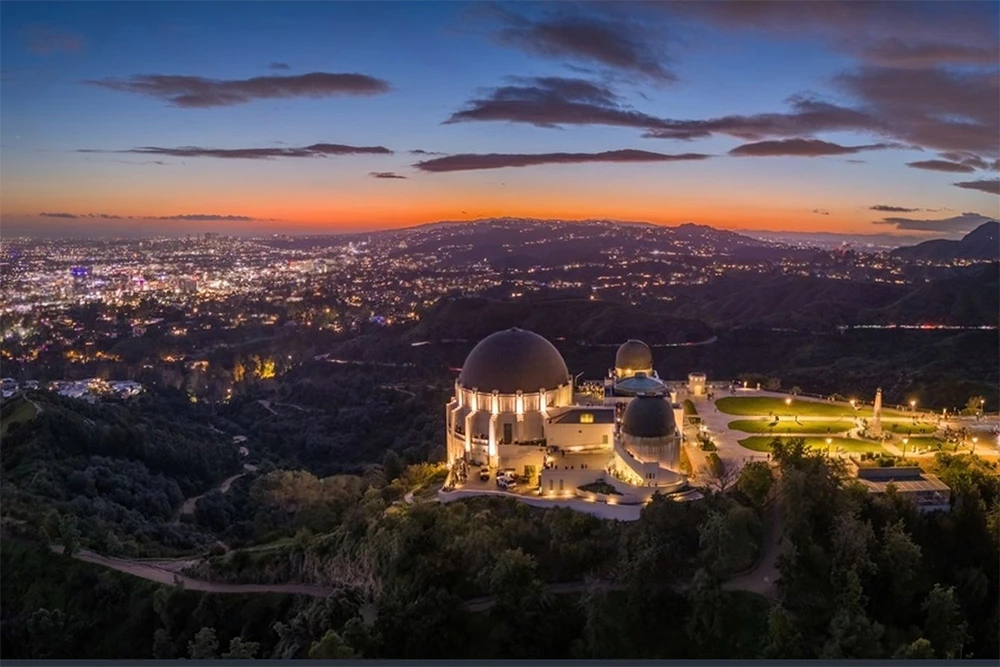
A city preparing for its third Olympic spotlight soon
Some dates make a place sit up a little straighter. On warm evenings the pavement still radiates heat, a salt tinged breeze lifts the palms, and you can almost hear old memories rustling. In Los Angeles, people tell the Olympics like family stories my neighbor keeps a sun faded ’84 ticket stub by the door, and an older friend swears her grandparents carried the glow of 1932 in their voices. Those little keepsakes feel like breadcrumbs, leading back to nights when the city felt bigger than its freeways.
By 2028, it will be three turns-1932, 1984, and now again and each time the place has remade itself like an actor rewriting a backstory between roles. I love that about it: the way it studies who it has been and then chooses who it wants to be next, as if clearing its throat before the spotlight comes up. It’s not just about stadiums and schedules; it’s a mood that drifts into coffee lines and bus stops, a quiet promise that the city will meet the moment and, for a while, let the world meet the truest version of itself.
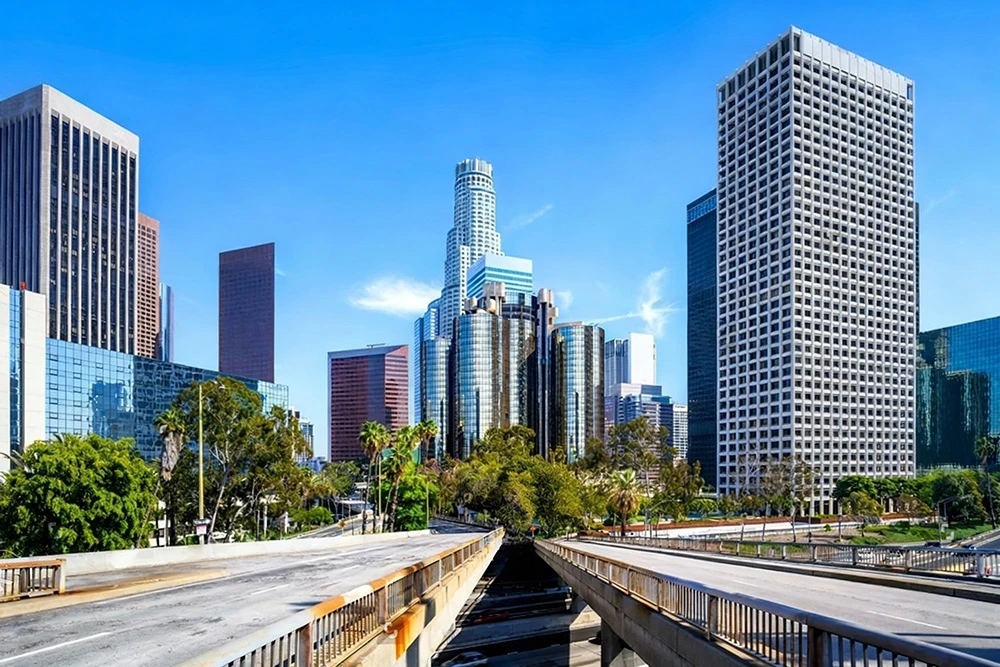
Snow White’s first sketches beneath a Silver Lake supermarket
It still amazes me how wonder hides beside the milk. In a Gelson’s, the air cool and citrus bright, I learned the original Disney Studios once stood here. Somewhere between the cereal aisle and the wine rack, the first Snow White storyboards took shape, pencil lines tracing a future while the store now smells of coffee beans and ripe peaches.
Here in Silver Lake, the ordinary keeps surprising you. I love that a place of errands can hold the spark that began a fairytale a quiet reminder that big things often start under fluorescent hum. This grocery store wears a secret cape, and for a second the aisles feel a little wider.
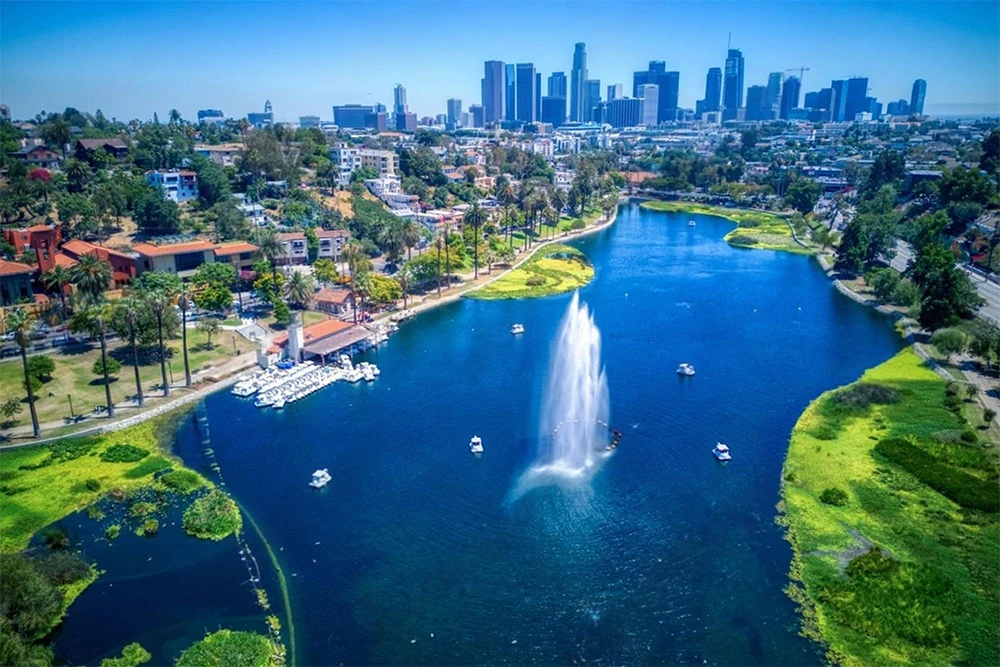
Tomorrow’s Aesthetic, Born Under Neon and Atomic Stars
I still smile at how the future once felt sweet and shiny. Before Instagram ever named an aesthetic, people here called it Googie: neon diners that hum like beehives at midnight, swooping signs flaring against the dusk, and jaunty atomic stars studding the night above the curb.
Once, in a vinyl booth, I realized why it still feels fresh: they built everything to look like tomorrow, and here tomorrow always happens on a Tuesday soft light on chrome, coffee steaming over warm asphalt and orange blossom. Los Angeles taught me that style isn’t just surface; it’s a small, stubborn optimism that the next day will show up, right on time, glowing a little, even if you’re only ordering fries.
Where fitness met fashion on everyday sidewalks
I remember thinking, of course this is how a city dresses: sun warmed concrete, iced coffee sweating in hand, and sleek leggings everywhere from grocery aisles to late dinners. The fabrics caught the light, sneakers soft against the pavement, and it all felt easy like the day could stretch without tearing.
In Los Angeles, athleisure was born the moment fitness and style stopped being separate. Clothes were finally allowed to move with real life: from the studio to errands to a rooftop sunset, no costume change required. It wasn’t try hard; it was practical and a little radiant, a quiet confidence you could slip on.
What surprised me most was how kind it felt. Comfort that looks good is a gentle nudge toward feeling at home in your own skin, even on busy streets. It’s a small, shining piece of the city’s spirit optimistic, health obsessed, lightly glamorous and now the world walks in it, too.
The city where reinvention is the daily prayer
Some nights, the Ferris wheel at the pier spins like a clock that forgot the hour, and you can smell sunscreen tangled with engine grease on the breeze. I remember squat pumpjacks nodding behind hedges, and farther inland, a warehouse wall soft with fresh paint, stage lights warming wood that was once a loading dock. Even the storm drains have their dramas after rain, a rush that makes you feel the place rinsing itself clear.
People think the faith here is fame, but that’s just a shadow puppet on a bright wall. The devotion I feel in Los Angeles is to reinvention – oil rigs masquerading as office buildings, sound stages rising where someone’s big idea collapsed, a shuttered diner reborn as a set with neon singing again. Even the stories that didn’t catch fire return years later as cult whispers, proof that failure here is raw material rather than a dead end.
Maybe that’s why the air feels forgiving, even when the sun is merciless on the pavement. It makes me kinder to my own drafts of a self – the versions that didn’t stick, the names I almost wore. In a city that treats missteps like stories worth telling, the quiet secret is this: you can keep becoming, and no one will ask for the old ending.
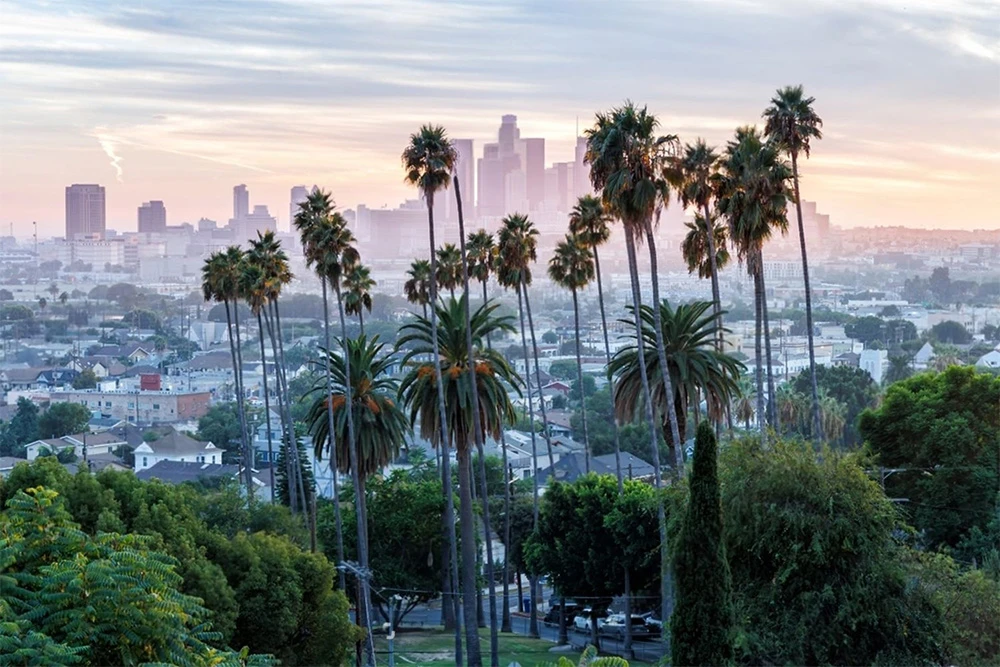
Final thought
In the hidden stories, the small details, and the human moments, Los Angeles begins to show a truer side you only find when you take your time. These fragments don’t demand attention; they simply add up, like a mosaic, until their pattern makes sense. What remains is a feeling that everyday kindness matters as much as spectacle. May looking closer keep us curious, and may each small encounter send us on our way inspired.
